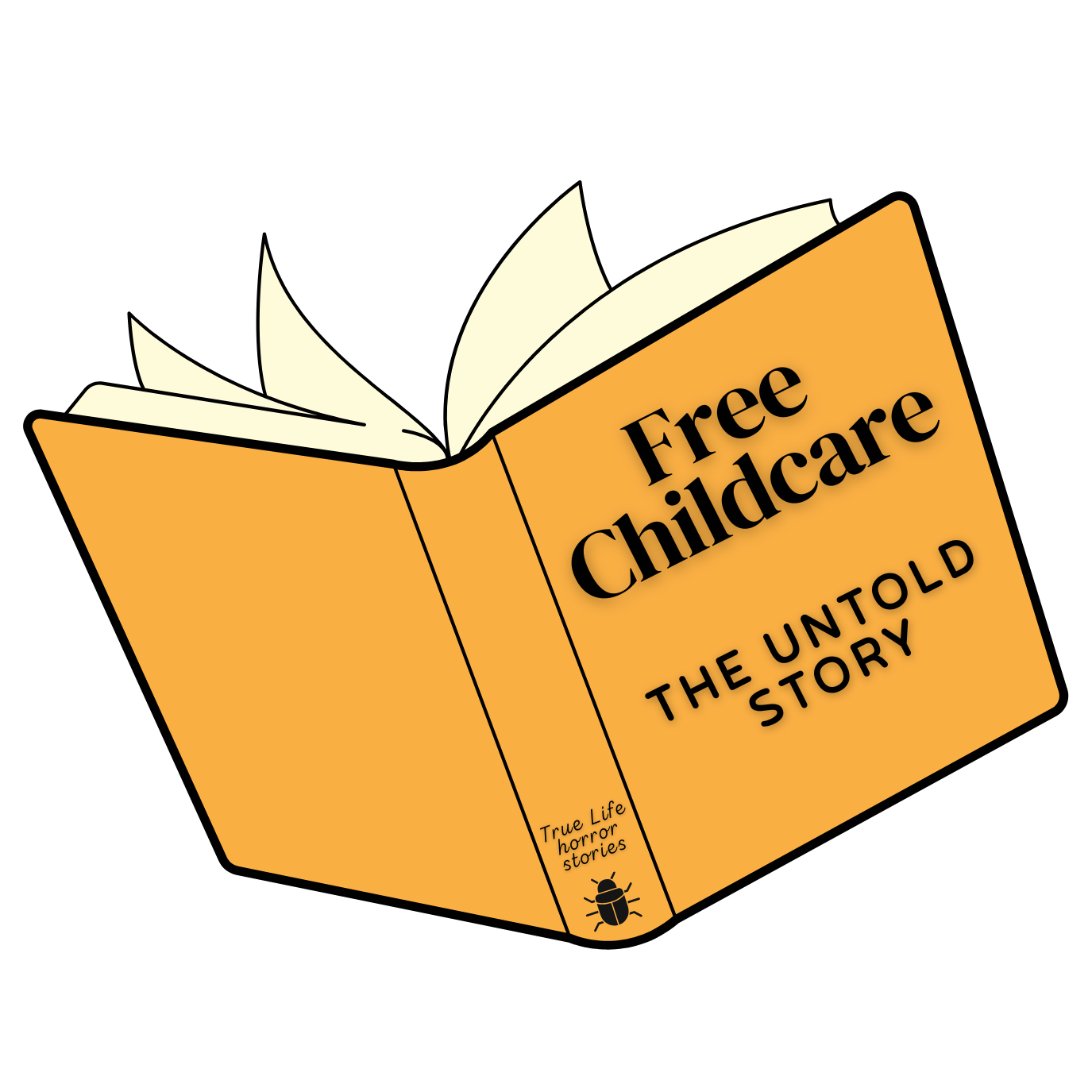Because behind every statistic is a child’s story.
When we hear about “budget cuts” or “funding shortages,” it can sound distant, something that happens in reports and meetings, not in the real lives of children. But the truth is, underfunding doesn’t just show up in spreadsheets. It shows up in children’s days, in the moments that make up their learning, play, and emotional growth.
Let’s step into a typical day for a child in an underfunded setting.
Morning: Fewer Hands, Less Time
The day begins with a rush. There are more children than ever, but fewer adults to greet them. Staff are stretched thin, juggling breakfast, emotional check-ins, and settling activities all at once.
A child who’s feeling anxious might need a few quiet minutes with a familiar adult, but that adult is already helping with nappy changes or supervising the door. The moment passes. The child stays quiet, unsure, and a little less connected.
Underfunding doesn’t just mean fewer staff, it means less time for those small, grounding interactions that help children feel safe and seen.
Mid-Morning: Fewer Resources, Smaller Worlds
Storytime is shorter today. There’s one copy of the book, edges frayed and pages taped. The craft activity that follows uses scraps of paper because paint and glue are being saved for next week.
For a child, play is how the world makes sense. It’s where imagination, communication, and confidence grow. But when resources are limited, so are the opportunities to explore and create. A box of broken toys or outdated materials sends an unspoken message: there isn’t enough.
And yet, children adapt. They make stories out of what’s left, but they shouldn’t have to.
Lunchtime: Stretching the Basics
Staffing shortages ripple into everything. Lunch is hurried, with one adult helping too many children at once. There’s little time for conversation, encouragement, or the simple comfort of sharing a meal calmly.
When children feel rushed or unseen, eating becomes another task to “get through,” not a moment of connection or learning. For some, it’s the only warm meal of the day, and it happens in a blur.
Afternoon: Less Play, More Waiting
Outdoor playtime is shorter. There aren’t enough adults to safely supervise the space for long, so the children go out in turns. Some wait, some miss out.
Those who do play have fewer bikes and balls to share. Conflicts flare more easily. Staff step in quickly, but with so many needs at once, they can only offer quick fixes, not the deeper guidance children need to learn problem-solving or empathy.
When play is limited, so is emotional growth. Children learn best through movement, cooperation, and curiosity, all things that thrive in well-resourced, well-staffed settings.
Home Time: Overstretched and Overlooked
By the end of the day, the staff are tired. Paperwork piles up, the room needs cleaning, and there’s still a queue of parents waiting for updates. Conversations that should be nurturing, sharing how a child is doing and celebrating small wins, become brief and functional.
A child leaves holding a drawing made from scrap paper, proud but unaware that the adults around them are fighting a quiet battle against cuts, trying to give them the best with too little.
Because It’s Never “Just Numbers”
Underfunding doesn’t just reduce budgets, it reduces moments of care, discovery, and belonging.
Every lost hour of staff time, every missing resource, every rushed conversation adds up to a quieter, smaller world for a child.
If we want children to thrive, to feel safe, inspired, and valued, we have to see funding for what it truly is: an investment in their everyday lives.
Because childhood should be full of play, laughter, and opportunity, not shaped by what’s missing.
The Reality Behind the Headlines: Why “Free Childcare” Isn’t Free
This past week has seen a flurry of government announcements about early years: Prime Minister Keir Starmer’s open letter to parents, full of promises under the Best Start in Life banner, and the appointment of Olivia Bailey as the new Early Education Minister. On...
What on earth is going on with childcare fees?
When the government announced that 30 hours of free childcare would be extended to children from nine months old, I felt a wave of relief. Like many parents, I thought this was finally the breakthrough we’d all been waiting for. Childcare is one of the biggest...
The Myth of ‘Free’ Childcare: A Crisis in the Making
September marks the arrival of the much-publicised 30 hours of so-called ‘free childcare.’ For parents, this announcement often brings relief. For childcare providers, it’s more likely to bring a deep sigh of dread. The reality behind the headline offer involves...
